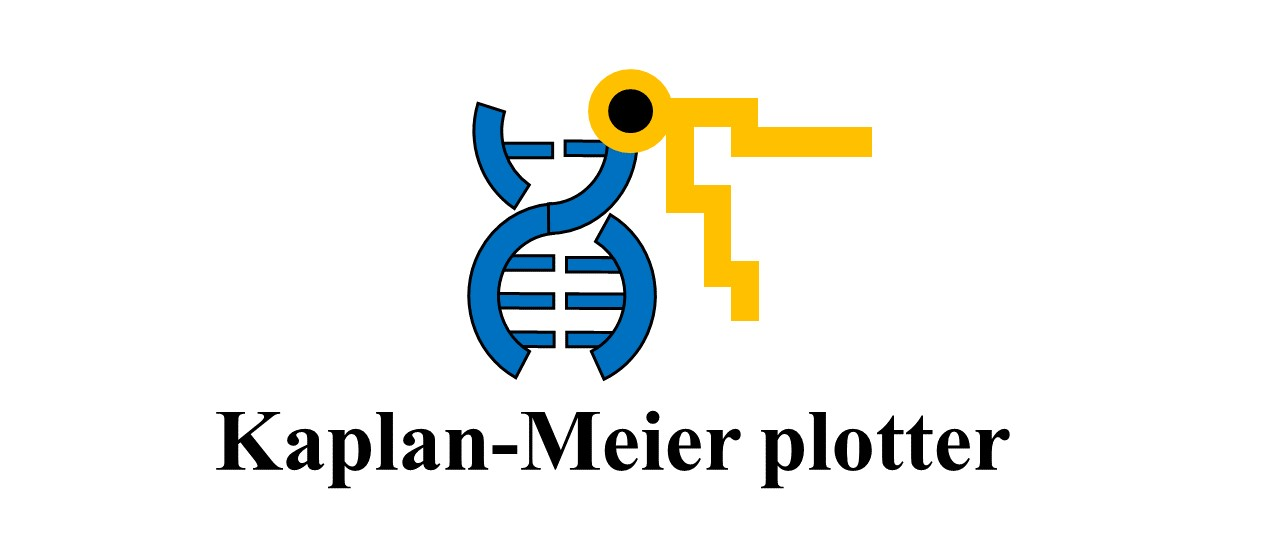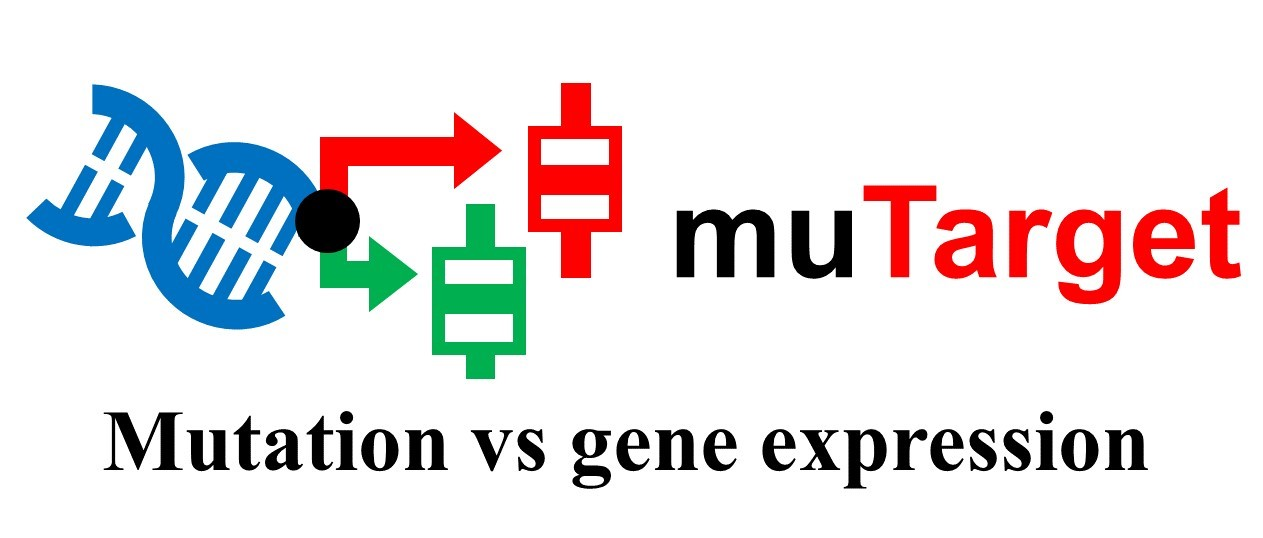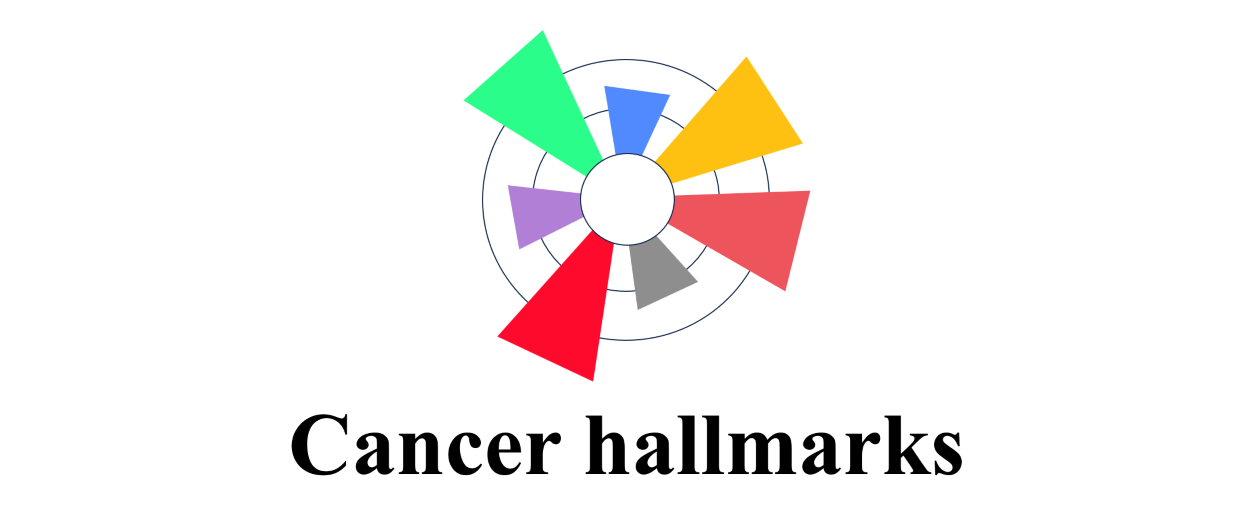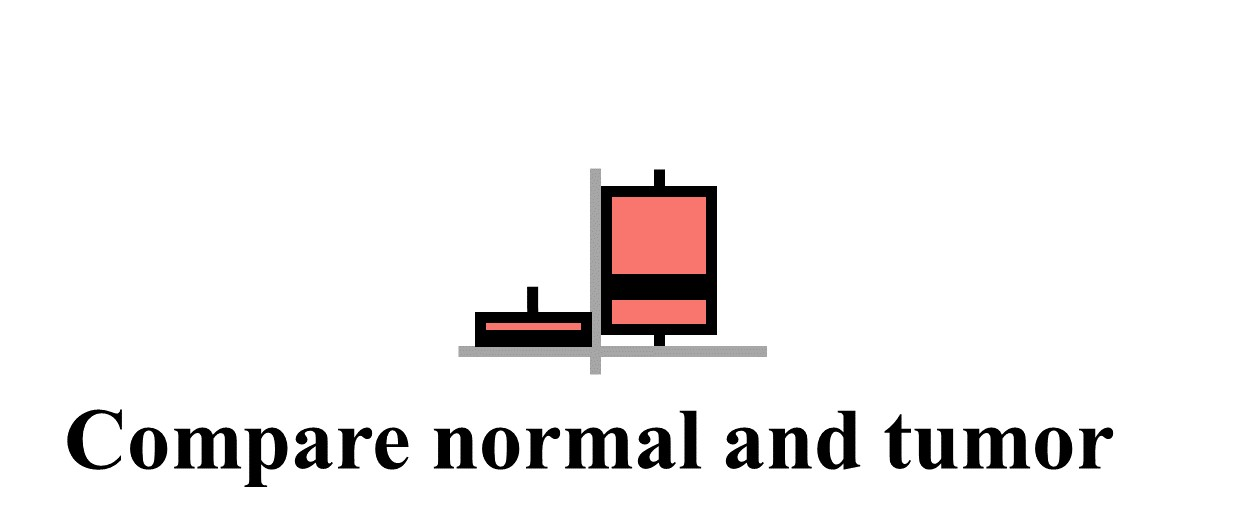ROC plot using patient data:
ROC Plotterfor breast cancer ROC Plotter
for ovarian cancer ROC Plotter
for glioblastoma ROC Plotter
for colorectal cancer ROC Plotter
for immunotherapy ROC Plotter
for miRNA - pan-cancer
ROC plot using in vitro data:
ROC Plotterfor cell lines
ROC analyis of user-uploaded data:
Generate ROC Plotfor uploaded data
Private data for commercial licensees:
Password protected pages, please contact us for licensing:ROC Plotter
for immunotherapy (v.2023) ROC Plotter
for immunotherapy (blood v.2024) ROC Plotter
for immunotherapy (v.2024) ROC Plotter
for immunotherapy (v.2025)
What is the ROC Plotter?
The ROC plotter is capable of linking gene expression and therapy response using transcriptome-level data of breast, ovarian, and colorectal cancer patients and glioblastomas. The custom plotter generates a ROC plot for user-uploaded data.
How to cite?
Please kindly cite our paper to support further development: Fekete J & Gyorffy B: ROCplot.org: Validating predictive biomarkers of chemotherapy/hormonal therapy/anti-HER2 therapy using transcriptomic data of 3,104 breast cancer patients, Int J Cancer, 2019 Dec 1;145(11):3140-3151., doi: 10.1002/ijc.32369.
What is a biomarker?
A biomarker can be either predictive or prognostic. A predictive marker predicts benefit of a specific treatment; it helps to select a particular treatment over another. A prognostic marker predicts the natural history of disease (survival), independent of treatment. It can indicate a need for further treatment but does not help to determine which treatment. The ROC Plotter is the first online transcriptome-level validation tool for predictive biomarkers.
What is an ROC plot?
The ROC plot is used to evaluate the overall diagnostic performance of a biomarker and to compare the performance of two or more biomarker candidates. For more details about the analysis and how to draw a ROC plot please see our manuscript.
What additional info gives an ROC plot?
ROC also gives a numerical representation of the classifier performance when providing the “area under the curve” (AUC) value. An AUC of 0.5 corresponds to no classification power at all, and an AUC value of 1 denotes a perfect biomarker. In addition to a p-value and an AUC value, the ROC plot also enables researchers to determine the strongest cutoff capable of best discriminating between responder and nonresponder patients.
What is the online ROC Plotter useful for:
Which genes can I use?
ROC plotter recognizes 70,632 gene symbols including HUGO Gene Nomenclature Committee approved official gene symbols, previous symbols, and aliases. All these are listed in the results page. As the different names can overlap, we recommend to cross-check the identity of the selected gene.
What is the JetSet probe?
JetSet is a tool to select the optimal microarray probe set to represent a gene. More info on the JetSet homepage.
Try our other online web tools as well:
 |
 |
 |
 |
The Kaplan Meier plotter is capable to validate the correlation between the expression of 30k genes (mRNA, miRNA, and protein) and survival in 21 tumor types including breast, ovarian, lung, colon & gastric cancer. Primary purpose of the tool is a meta-analysis based discovery and validation of survival biomarkers.
The TNMplotter can is capable to compare gene expression between tumor, normal, and metastatic samples using 57 thousand samples with transcriptome-level gene expression data.
The muTarget tool is designed to connect mutation status to gene expression changes in solid tumours. It has two major functions: 1) with a "Genotype" run one can identify gene(s) showing altered expression in samples harboring a mutated input gene; 2) with a "Target" run one can identify mutations resulting in expression change in the input gene.
The multiple testing correction tool uses a list of user-uploaded p values to compute the five most frequently used multiple testing adjustment tools, including the Bonferroni, the Holm, the Hochberg corrections, the False Discovery Rate (FDR), and the q-value.